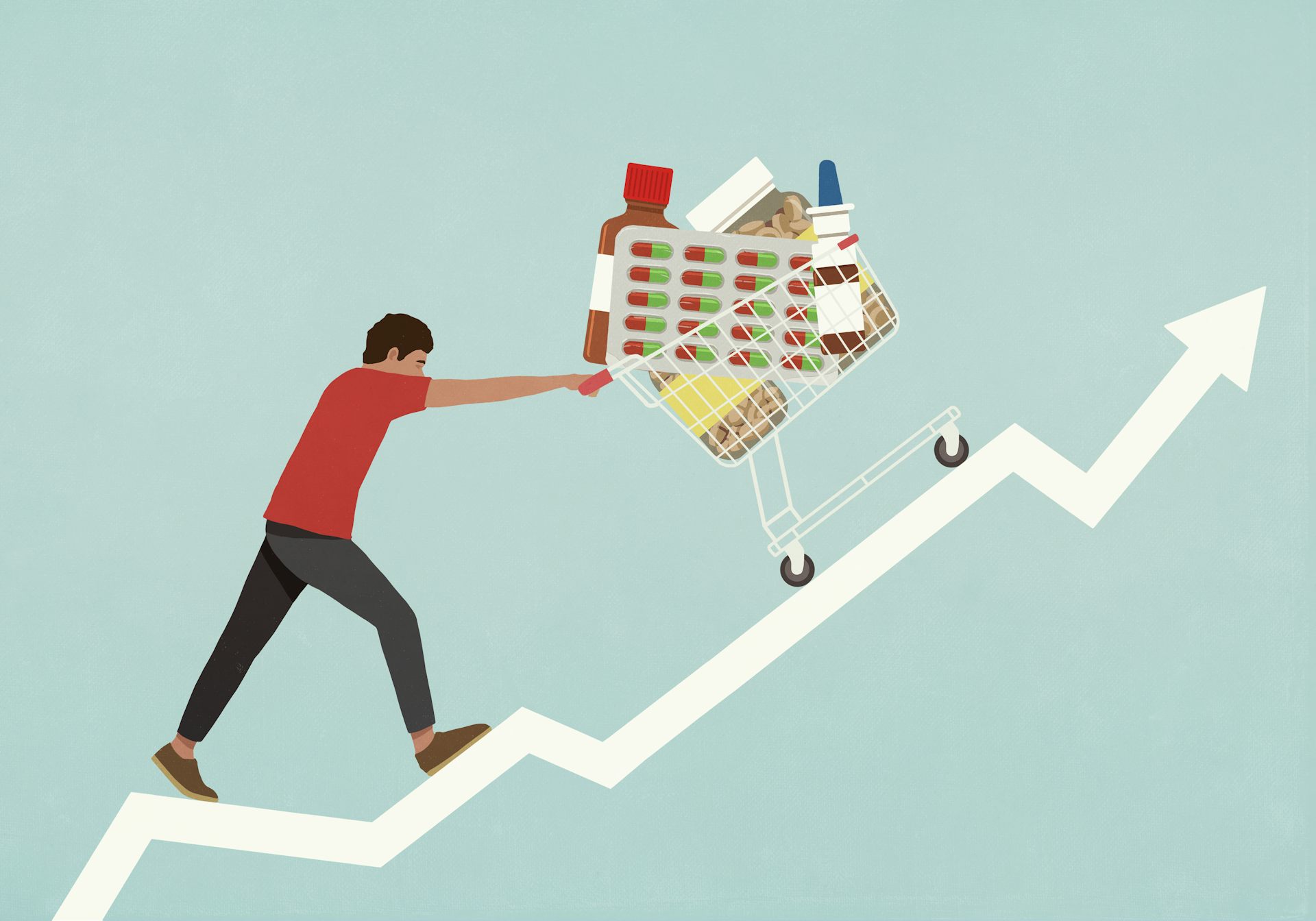Can you visit your dad safely on Father's Day? A doctor gives you a checklist
Father's Day is approaching, raising questions about the safety of visiting fathers and grandfathers. A doctor offers guidelines.

As a physician, daughter and socially responsible human, I’m finding Father’s Day to be complicated for me this year, as it is for millions. Questions of whether and how to see my adult children and my own elderly father present medical and ethical quandaries. As an associate professor of family medicine with a focus on wellness, I’d like to share with you my thinking about this using some tools to aid discernment as Father’s Day approaches.
Wouldn’t it be great if choosing time with parents or offspring were ever an easy decision to make? However, the answer is rarely that simple. This year, in the midst of a global pandemic and the need to continue to practice social distancing as states loosen stay-at-home guidelines, the decision is even more complex than usual.
I have come up with a matrix to help you decide how to safely celebrate in a fact-based and safe manner. This matrix weighs the many factors to consider, specifically related to the pandemic.
Personal risk
Assessing your personal risk is one aspect of the matrix. Are you or is your father in a high-risk group? Presence of chronic disease or age over 65 are two major risks. You can check this Centers for Disease Control and Prevention chart for more specific details.
Besides your specific personal risks, are either of you in repeated contact with the public through your job? Did you participate in the protests or spend time in other crowded public events?
Are you symptomatic?
Have you been exposed to a carrier? Are young children, who can be asymptomatic carriers, in the picture?
If any of these questions is answered with a yes, it is certainly wise to forgo any thought of an in-person visit. If all are no, you can proceed to the next part of the matrix.
Where you live matters
Are you in a high-prevalence area for coronavirus or in a state with rising rates? If you are in a sparsely populated area with low regional prevalence, it makes more sense to consider an in-person visit than if you (or he) live in a place with a high number of cases or rising numbers of cases. Check your local prevalence here.
If neither of you is at elevated risk and you are not in an extremely high-prevalence area, the next question is: Can you see each other in person without violating any orders? Consult this link for reopening plans affecting your state.
Remember that the U.S. borders with Canada and Mexico also have restrictions, including a self-quarantine for 14 days after arriving in Canada. Obviously, any need to travel and ability to quarantine must enter the matrix calculation.
Finally, can your in-person visit follow social distancing recommendations? Can you be six feet apart – ideally, outdoors – wash hands frequently and avoid physical contact? Remember, it may be tough not to hug, especially if you do decide to bring children.
If so, finally, you need to examine your own and your father’s risk tolerance. If either of you is extremely anxious, stick to virtual connection.
Love and gratitude, while ideally communicated in person, can still be expressed virtually or by phone. You may overtly acknowledge that the greater act of love for each other, as well as your community, is to stay home.
These days we have been asked to reexamine what “normal” looks like in so many ways. Perhaps the increased opportunity for reflection afforded by the pandemic, as well as the restrictions imposed, will teach us to honor our loved ones in many small ways throughout the year. The gift of attention – by phone, email or snail mail – is always possible.
And remember that another holiday – July 4 – is just around the corner, and you will need to think about safety then, too.
Editor’s Note: This article is an updated version of an article published on May 5, 2020.
[Like what you’ve read? Want more? Sign up for The Conversation’s daily newsletter.]
Claudia Finkelstein does not work for, consult, own shares in or receive funding from any company or organisation that would benefit from this article, and has disclosed no relevant affiliations beyond their academic appointment.
Read These Next
From record warming to rusting rivers, 2025 Arctic Report Card shows a region transforming faster th
The 20th anniversary of the annual report tracks how sea ice, snow cover and many other vital signs…
My prescription costs what?! Pharmacists offer tips that could reduce your out-of-pocket drug costs
High prescription drug costs are leaving many patients frustrated and unable to afford their medications.
Chile elects most right-wing leader since Pinochet – in line with regional drift, domestic tendency
José Antonio Kast, who has run for the presidency several times, successfully seized on widespread…






